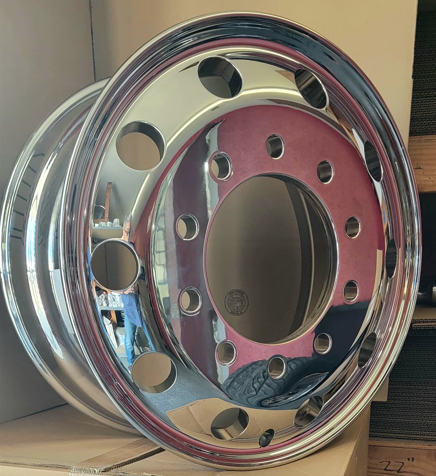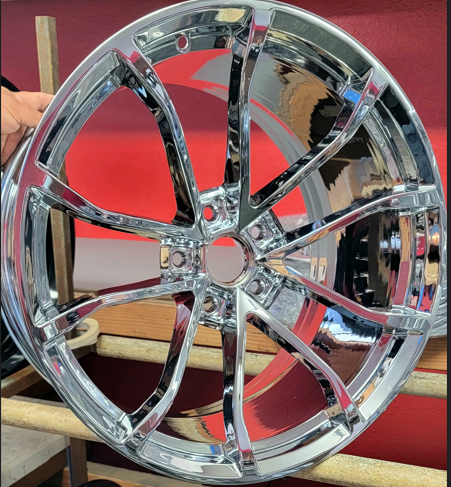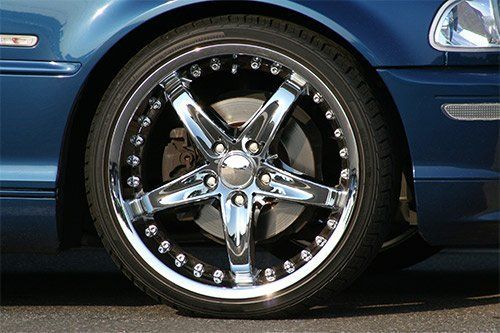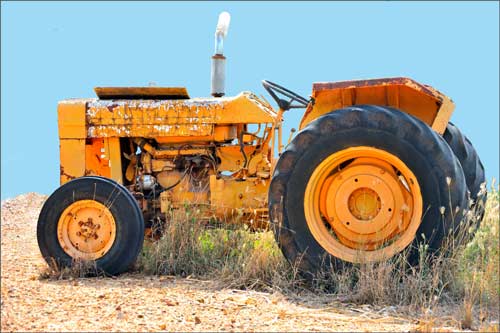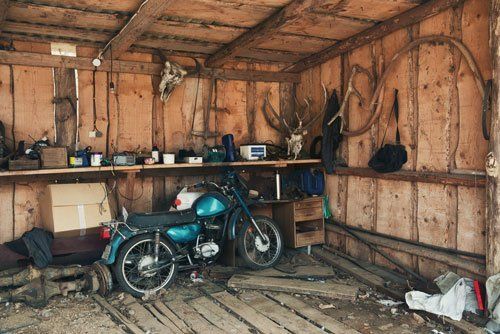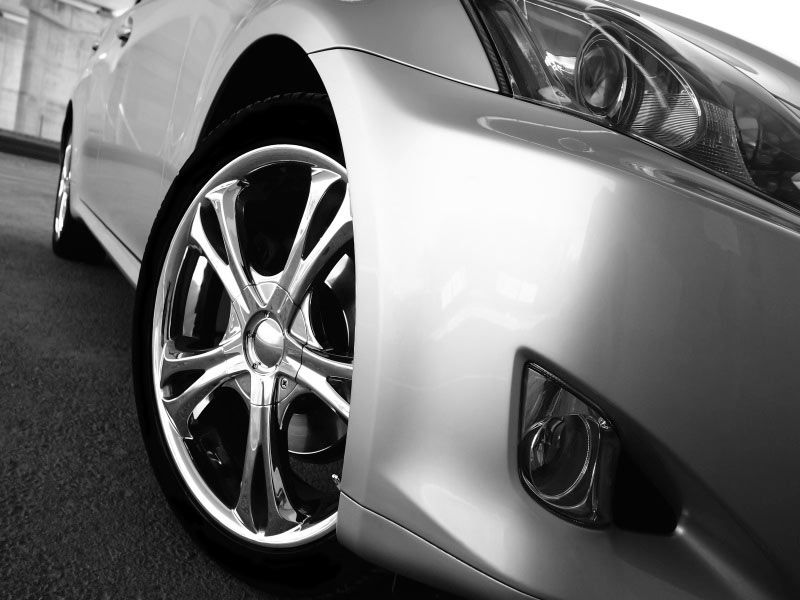Blog Layout
5 Things Your Classic Car Needs
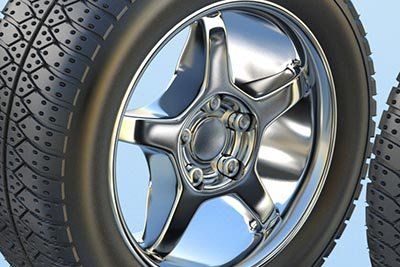
If you drive a car that was manufactured more than 39 years ago, you are the proud owner of one of roughly 5 million classic cars.
Whether you intentionally purchased a classic car or not, it is still an antique and needs to be treated accordingly. And no, this doesn't mean keeping it in your garage and rubbing it with a diaper as in the movie Ferris Bueller's Day Off.
Take a look at how proper care and storage really will help that classic car last longer and look great enough to turn heads when you drive down the street.
Get It Out And Drive It
Unless you have drained the fluids, lowered the tire pressure and performed other steps for properly storing your classic car, one of the best things you can do for it is get out and drive it. This is not done to show it off, although this is a happy side effect.
Allowing your car to sit for long periods of time allows bad things to happen – lubricants break down, gasoline goes bad, seals dry up and tires can develop flat spots.
To get things circulating in the engine, drive your car every couple of weeks. Let it warm up first by driving slowly for a few miles, then fluids can start circulating and any sediment in the engine will get removed by the oil filter. Make sure the tailpipe has gotten hot enough to burn any remaining moisture in the exhaust system. Run through all the gears and work the brakes and steering.
It's All About Fluids
Older cars need a little more TLC than newer models, and one way to keep them running great is to religiously make sure your car has all its fluids – water, oil and brake fluid.
The combustion process forms acids that eat away at soft bearing surfaces, and oil and the oil filter are the best defense against this. As you're exercising your car, water keeps the engine from overheating. Keep your eye on all the fluid gauges and top off or change these precious fluids regularly.
Cover It Up
The sun and salty air are hard on a classic car. Salt and water can cause rust to form, and direct sunlight ages the paint and fades your interior fabric.
One way to protect that investment is to keep it covered up when you're not driving or showing it. Use a lightweight cover that allows air to circulate and not plastic or heavy tarps that trap moisture. Parking it in a garage is even better. This way, your car is protected from the elements.
Keep It Clean
A clean car not only looks vintage, but will make your car last longer. For the interior, treat the vinyl and leather to keep it supple and protected. Even vacuuming the inside removes dirt from the carpet that can cause dampness to form beneath the floor and start the rust process under the car.
On the exterior, regular washing keeps dirt and salt from corroding the paint. Don't forget the tires and weather stripping - use a preservative to stop them from drying and cracking.
Pay Attention To The Chrome
One of the most noticeable things about a classic car which newer models sadly lack is the metal chrome, and not just plastic chrome or chrome-covered plastic. Real metal chrome is a thing of the past, and requires special care. High quality chrome plating resists corrosion better, and if you're regularly washing your car you will prevent a lot of oxidation from occurring.
Treat the chrome the same way as the exterior paint by washing with warm soapy water and drying with a soft cloth. If you notice tiny rust spots you can try to clean them yourself to keep it from spreading or get your chrome polished
by a professional.
Visit Platinum Surface Coating for more information about polishing your chrome.
Share
Tweet
Share
Mail
COVID-19 HOURS
- Mon - Sat
- -
- Sunday
- Closed
Content, including images, displayed on this website is protected by copyright laws. Downloading, republication, retransmission or reproduction of content on this website is strictly prohibited. Terms of Use
| Privacy Policy


